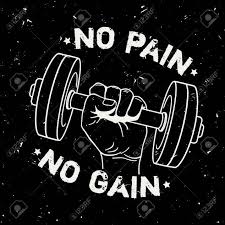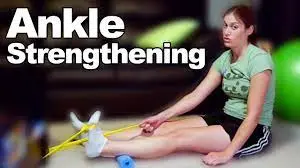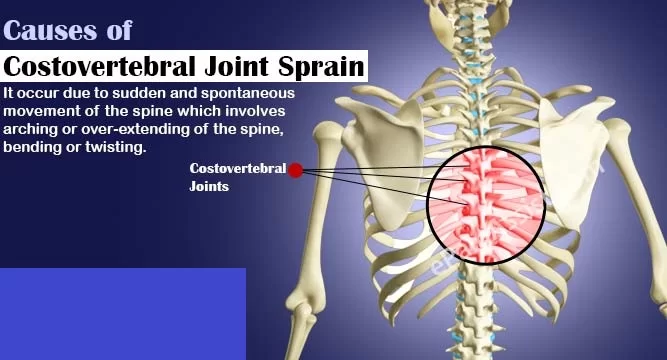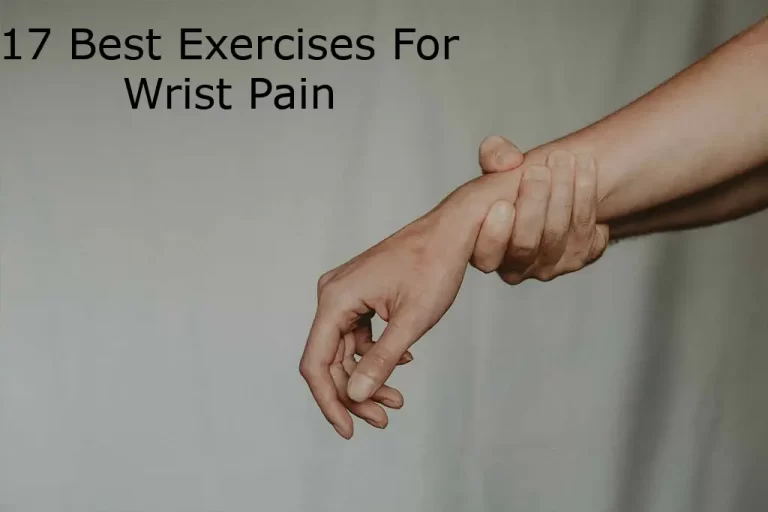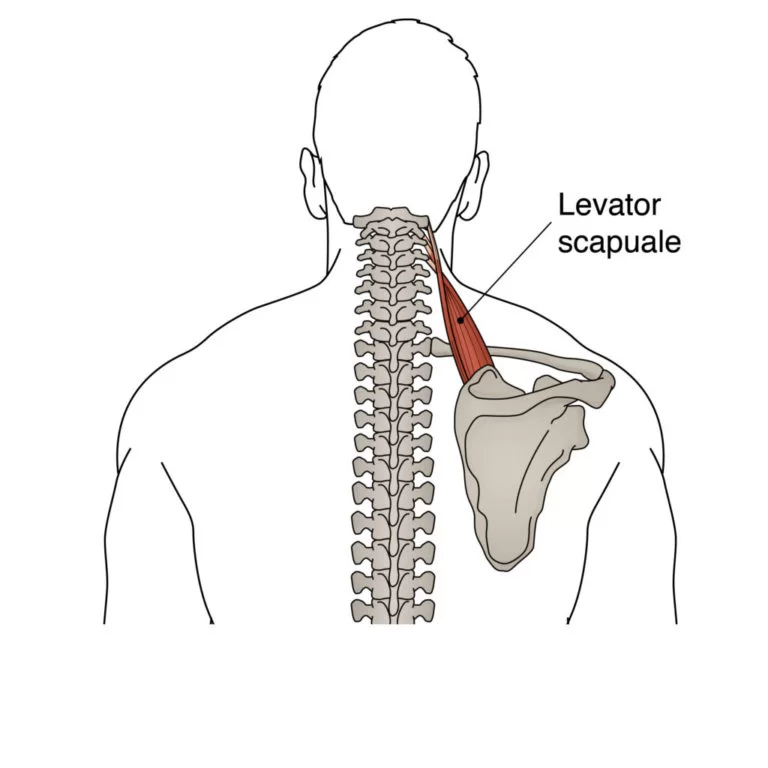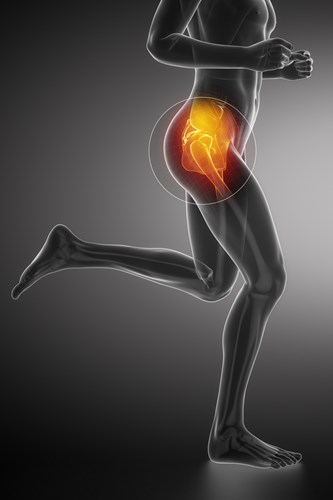No Pain, No Gain: A Myth or a Mantra for Success?
No Pain, No Gain. It’s a typical phrase that’s used as one is growing up.
Parents and coaches frequently tell their student-athletes, “No pain, No gain,” before a workout or game. It is untrue to believe that you aren’t exercising hard enough if your muscles aren’t hurting.
When pain is experienced, exercising through it may seem like a sign of fortitude and perseverance, but in reality, it is your body’s signal to stop and consider how to address it, not to continue!
After a workout, the body doesn’t have to feel like it was wrecked. especially when student-athletes are younger and just beginning to participate in sports
Should you live by the motto “no pain, no gain” when working out, you may be seriously injuring yourself.
Is a “good sore” something you get after working out? it’s feasible. For instance, you can feel some muscular burning when exercising if you’re trying to increase the strength and endurance in your legs with a squat routine. The sensation of burn that occurs when lactic acid leaves the muscles should subside 30 to 60 seconds after you stop working out.
Recognizing the Myth
- The saying “No Pain, No Gain” implies that you won’t see any improvements unless you physically strain your body to the utmost.
- This kind of thinking frequently causes people to overtrain, disregard their bodies’ warning signals, and partake in exercises that could be harmful to their general health.
Pain: The Body’s Alert System
- There are other ways to gauge an exercise’s effectiveness besides pain. Pain is the body’s way of alerting the brain to a potential problem.
- Expert trainers can assist athletes in pushing through discomfort and asking for greater physical exertion, but this does not mean that your student-athlete has to follow suit.
- In actuality, elite athletes receive coaching on knowing their limits, which helps them avoid overusing their muscles and joints and reduces the chance of suffering a catastrophic injury.
Push past the uncomfortable spot
- Regular exercisers are familiar with the burning sensation or exhaustion that occurs in their muscles when they push a little harder than they are comfortable with.
- This is what is going on within your body. Lactic acid is produced when a muscle is forced to work harder than it can consume oxygen carried by the blood, which is what causes the burning sensation. It’s what folks who have done a lot of exercise before typically identify as a great workout or tiredness.
- In fact, lactic acid production helps increase blood supply to the muscles, which helps you become stronger and more resilient the following time.
- Thus, for exercises like swimming, lifting weights, or jogging, it is true that there is no gain without suffering.
Pain is not a test of your muscle strength.
- Our bodies react to physical pain by telling us to stop moving and check for injuries. Even the smallest discomfort should be examined and evaluated, not disregarded.
- There’s a difference between the kind of discomfort you get from working out to gain muscle and an actual injury. Seek medical attention right away if the feeling worsens or if you have swelling.
- Despite popular belief, experiencing discomfort does not have to stop you from moving forward in your fitness goals. Though it shouldn’t hurt, exercise should be difficult. Pain experienced while exercising may be a sign of improper form, overtraining, or underlying problems that require care. Prioritizing painless exercise encourages endurance and sustainability in one’s fitness regimen.
The Body’s Development versus Physical Stress
- It’s no secret that young children are far more energetic and active than adults who have desk jobs.
- Frequent exercise helps build muscle and bones, and it can also improve mental and cognitive health, all of which are important for school-age athletes in development.
- When student-athletes are first exposed to competitive sports, which usually happens between the ages of 8 and 13, training and technique can be physically demanding even for these young players.
- The majority of sports require a certain amount of strength and technique training, which might cause safe pain during a gym session if taught under a coach’s close supervision.
- Although the growing body is more susceptible to harm, it is better able to withstand the discomfort.
- It’s critical to discern between pain that indicates potential danger and the discomfort that comes with hard activities. While discomfort is a normal aspect of pushing yourself to the maximum, pain could be a sign of an injury. A safe and successful exercise regimen depends on you being able to listen to and interpret your body’s cues.
Be Sore, Not in Pain
- It’s possible to know when enough is enough without having to experience suffering. It’s time to take a break when exhaustion compromises technique and posture.
- Have a conversation with your student-athlete about listening to their body, their discomfort, and experts about knowing when to quit and when to press on.
- Regularly pushing the body over its breaking point can result in overtraining syndrome, which impairs performance and increases the risk of disease and injury. The overtraining syndrome also causes weariness. Overtraining impedes development rather than fosters it and may have detrimental long-term impacts on one’s physical and mental health.
Avoid injury with proper technique
- Using the right form is essential to preventing injuries when doing out. I advise collaborating with a trainer who is aware of your objectives.
- Tendinitis, bursitis, or stress fractures might result from overdoing it with improper form. Pay attention to your body. If you’re feeling pain you’re not used to, try a different technique and see if the pain subsides.
- One of my patients found that performing bicep curls hurt. Although I couldn’t detect anything incorrect, the pain stopped when I recommended switching up your grip. Occasionally, a very minor adjustment can have a big impact.
The Function of Rest and Recovery
- Any effective fitness program must include rest and recovery. It takes time for muscles to develop stronger and heal, and getting enough sleep helps the body adjust well to exercise.
- Achieving long-lasting benefits without sacrificing health requires striking a balance between rigorous training and adequate rest.
Utilize it or forfeit it
- This is where the no-gain aspect is relevant.
- If you’re not experiencing any pain, your progress has probably stopped. You continue to gain from keeping up your conditioning. However, you must exert more effort if you wish to improve and grow stronger.
- The muscles used for those specific activities will begin to atrophy or tighten if you do not exercise. Avoid skipping more than two days of exercise or physical activity.
- A muscle’s ability to lose strength varies. For instance, physical therapy is necessary to restore the strength of the quadriceps in a patient who is immobile for a week following surgery. The arms’ muscles, for example, won’t atrophy as quickly.
Individualized Approach to Fitness
- An individualized approach to fitness is necessary because each person is different and what suits one may not suit another.
- For long-term success, exercise regimens must be customized to individual preferences, physical levels, and goals. The goal should be to design a fun, well-balanced exercise program that enhances general well-being.
When you think you’ve had enough, how do you know?
It’s possible to know when enough is enough without having to experience suffering. It’s time to take a break when exhaustion compromises technique and posture. Anything that puts your body in danger of injury is a warning that it’s time to stop.
Working with a qualified personal trainer who is able to recognize a breakdown in form and posture throughout your workout is the greatest method to ensure that you are keeping good posture and technique. Some physical signs that you’ve had enough for the day are trembling in your muscles and nausea.
Conclusion
The maxim “No Pain, No Gain” is a deceptive attitude to fitness, in the end. Sustainable and healthy improvement requires paying attention to your body’s signals, emphasizing pain-free activity, and scheduling rest and recovery into your schedule.
Fitness should be approached individually and balanced so that you can reap the benefits of exercise without compromising your overall health.
FAQs
What is an example of no pain no gain?
Here are some instances when the proverb “No pain, no gain” can be applied: For the entrance exam, I’ve spent hours studying, but no pain, no gain. John makes fun of the aptitude test preparation portion by referring to it as “pain,” but he also states that “no pain, no gain.”
Am I still building muscle if I’m not sore?
You do not have to have sore muscles to gain muscle or improve your level of fitness. Once you work out, you could feel tight or exhausted but not really sore. He makes the observation that you may not experience much soreness even if you gradually increase the frequency and intensity of your workouts.
What does no pain no gains mean?
Informal expression is used to convey the idea that hardship or hard effort are prerequisites for success or advancement.
Who started saying no pain no gain?
It was claimed by Benjamin Franklin, “There are no gains without pains.” The expressions “no pain, no gain” and “feel the burn” gained popularity in more recent times thanks to Jane Fonda’s 1980s workout DVDs.
References
- Busting the Myth: “No Pain, No Gain.” (n.d.). https://athleticperformanceinc.com/blog-posts/post/24/busting-the-myth-no-pain-no-gain.html
- Kroner, C. (n.d.). No pain, no gain — a myth? https://www.ucihealth.org/blog/2019/04/no-pain-no-gain

